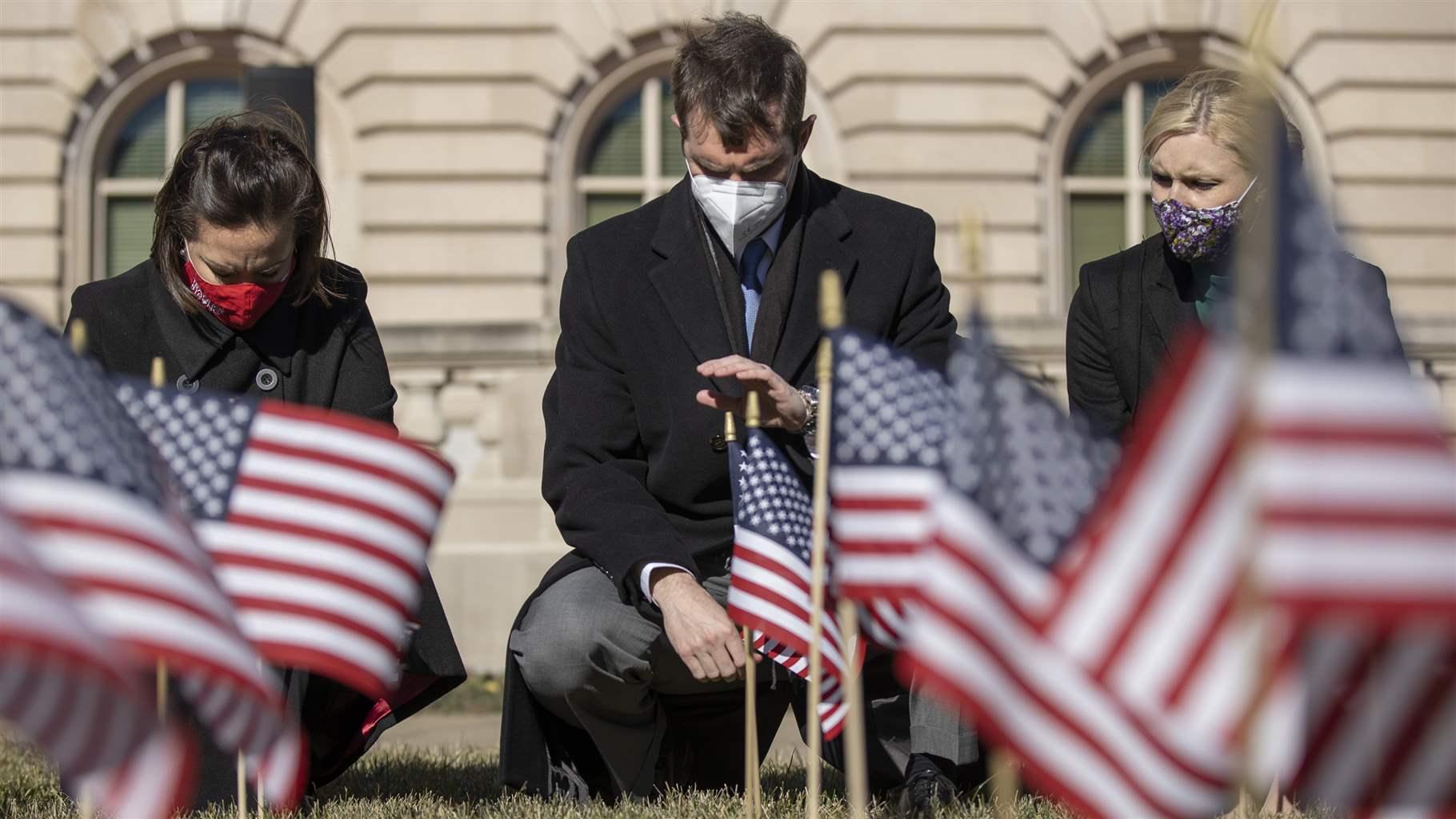
PITTSBURGH — Pittsburgh City Councilman Robert Garland became known as the “father of daylight saving time” after turning the clocks forward was signed into federal law on March 19, 1918. On April 1, 1918, the nation’s timepieces took their first “spring forward” as daylight saving time went into effect for the first time.
It is believed that Benjamin Franklin first thought of turning clocks forward in summertime. He noted in 1784, while in Paris, that when he woke at 4 a.m. the sun was already shining brightly into his room and that more candles were being used in the evening. The squandering of so much daylight seemed very unnecessarily extravagant to Franklin, as he wrote his about his proposals to a Paris newspaper.
The British can claim the first daylight saving time law, which was introduced in Parliament in 1908 but took until 1916 to finally become law. Other European countries adopted similar measures after the outbreak of World War I in 1918.
While working as the manager of the War Resources Committee for Western Pennsylvania, Garland introduced the concept of daylight saving time. He became a passionate advocate for the potential increased productivity in the morning and greater recreational opportunities in the evening, after seeing it in effect in England.
Serving on both the Pittsburgh Chamber of Commerce and with the United States Chamber of Commerce, Garland used his influence to become appointed chairman of the national Special Committee on Daylight Saving. The committee, in turn, lobbied legislators in Washington to create the Federal Daylight Saving Time Law.
President Woodrow Wilson signed the law on March 19, 1918. Garland received the pen he used and it became a prized trophy.
Despite the fanfare at its passage, the law was repealed over President Wilson’s veto in August 1919, after farmers argued that their work was regulated by the sun, not lawmakers. Many cities, including Pittsburgh, Philadelphia, Boston and New York City continued to observe daylight saving time, which again became a federal requirement in during World War II, after President Franklin Roosevelt signed it back into law in 1942. Once again, Garland received the pen that made the presidential signature.
After the war ended, so did Roosevelt’s law and the nation reverted back to a patchwork of observances, or not. It became so disorganized that a 35-mile bus ride from Moundsville, West Virginia to Steubenville, Ohio would cross seven different time changes. That finally ended in 1966, when daylight saving time again became federal law with the passage of the Uniform Time Act.
Daylight saving time was extended an additional month in 1986 and then again in 2005, now spanning eight months of the year.
Garland’s interest in changing the clocks had its roots in his work ethic and industrial interests.
Born on Sep. 27, 1862 in Ireland, Garland emigrated to the U.S. alone as a teenager, and lived with an aunt in Pittsburgh. He began working as a water boy in the Oliver Iron and Steel plant and was joined a few years later by his three younger brothers.
Together with two of his brothers, he formed the Garland Chain Company in 1893, which became known for making electrical conduit that had a patented coating.
Garland married Alice Bailey (the daughter of another prominent local manufacturer) and settled in Squirrel Hill. The couple had two children, a son and a daughter, but the boy died in an epidemic when he was three years old.
Garland’s successful business earned him attention and he was appointed to replace a city council member in 1911. Garland would become the last Republican on the council and serve as the lone Republican for much of his tenure. Unions always opposed his reelection, but Garland’s charisma and straight talk won over many members despite their leaders’ objections.
Garland served on the council for 28 years, primarily as chairman of the finance committee, though he was also council president from 1934 to 1935.
Modern Pittsburgh still bears Garland’s touch. He championed the removal of the “hump” on Fifth Avenue. He was instrumental in the simplification and renaming of streets in the city, coining “Boulevard of the Allies” in place of Monongahela Boulevard, among many others. He was also vocal in lobbying for the construction of Mount Washington Roadway (now known as McCardle Roadway).
During the Great Depression, Democrat efforts to unseat Garland finally paid off and he left office in 1939.
Garland died in 1949 at the Masonic Home in Elizabethtown, Pennsylvania. He was 86 years old.
"time" - Google News
April 01, 2021 at 11:45AM
https://ift.tt/39swyNN
ON THIS DAY: April 1, 1918, First daylight saving time goes into effect - WPXI Pittsburgh
"time" - Google News
https://ift.tt/3f5iuuC












